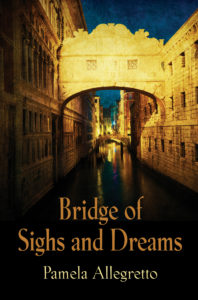I always think Historical Fiction is best when it tells me something I don’t know. Some subjects (the Regency Period, The US Civil War 1.0) have been mined to death, and that’s why I seldom read about them.
Kay Smith-Blum, a fellow Black Rose author, has written a terrific book about the events- and their afterlife (pun intended) at the Hanford Nuclear site in Washington State during and immediately after WW2.
Okay, Kay. What should we know about you?
I refer to myself as a recovering retailer, because I spent decades in the high-end fashion biz, first at Neiman Marcus and then, co-owned a specialty store in downtown Seattle with my husband, Butch Blum (store of the same name opened in the 70s). When we sold our business in 2016 – miraculous timing – it freed me up to write full time. I’d been threatening to write my birthmother’s wild and woolly story that followed her giving me up for adoption (she went to work for the mob in one of their first “legitimate” clubs in Dallas and led a high life only to lose everything in the end). But I couldn’t get that story right, and it is “still in the drawer.” During the course of researching that first tale, I came across a particularly interesting Texas woman attorney – and began to craft a 2nd manuscript. But I met with some resistance about writing a Civil Rights movement story without the “lived experience” – but color me persistent – and during that time I had the odd dream which inspired TANGLES, and the rest is history, pun intended. But, there was a lot of weeding pulling – my Zen activity in my three son’s gardens (which I designed) – to clear away the writer’s block during all three manuscripts. If weeding doesn’t do it – swimming laps almost always does.
I’ve spent some time in the Tri-Cities and heard whisperings about some of the events you talk about, but tell us what Tangles is about?
TANGLES is a Cold War love story wrapped inside a mystery, centered on the Hanford Nuclear Reservation, the little-known third site of the Manhattan Project – and currently the largest environmental disaster in the Western Hemisphere. That said, this is a deeply human story about the men and women who risked their lives during WWII and during the nuclear arms race that followed – but due to the cloak of government secrecy around all nuclear projects, including the plutonium production at Hanford, they had no idea they were doing so.
That’s not the typical Histfic topic. Where did the story come from?
I was knee-deep into querying my 2nd manuscript and receiving rejections left and right when I had an odd dream. A mass of red hair floating on a body of water and the sensation of peering down at it and realizing the hair wasn’t wet. When the dream recurred a second night, I wrote it down in my journal. Within days, I ran into two long-time acquaintances who both had grown up in Eastern Washington near the Hanford Nuclear Plant. They referred to it as “The Area” and down the rabbit hole of research I went. But the idea of the tangled mass of hair begat the title – a play on both the dream and the intricate web of government and corporate deception in the name of both war and long beyond the Cold War is the through-thread of the tale.
Totally unfair question: What’s your favorite scene in the book?
The opening scene in chapter one is based on a real scientific peer-reviewed paper I found in Nature Magazine from 1963, and I’m really proud of it. But my favorite scene might be the interchanged between Luke (my male protagonist) and Walker (an indigenous biologist for the state of WA and buddy of Luke’s) when they are hiking in the Goat Rocks Mountain wilderness in search of a missing person. The dialogue between them is snappy – because they are both so smart and challenge each other – and poignant – because Luke is having a bit of a melt down about his first love – but funny, too. The scene cover a wide range of emotions and brings the reader in close to both of these characters. A particularly great line is where Luke recognizes Walker’s water bag as originally crafted and used by Spanish explorers who carried wine, not water, in the bags, and Walker quips, “Probably why they lost the Americas.” No better way to show a character’s qualities than through dialogue.
Where can we learn more about you and your work?
Please – sign up for my newsletter – I’m bound to send one out eventually – at
Readers can Follow me pretty much everywhere – here are the links:
Instagram @discerningKSB
https://www.instagram.com/discerningksb
Facebook @Kay Smith-Blum
https://www.facebook.com/kay.smithblum
https://www.linkedin.com/in/kay-smith-blum-3877273
Twitter @kaysmithblum
Tiktok @KSBwritesfiction
Goodreads https://www.goodreads.com/author/show/49771828.Kay_Smith_Blum
Bookbub https://www.bookbub.com/profile/kay-smith-blum
Whether your tastes run to historical fiction or award-winning urban fantasy, check out all my work on my Amazon Author Page, and don’t forget to sign up for my newsletter.


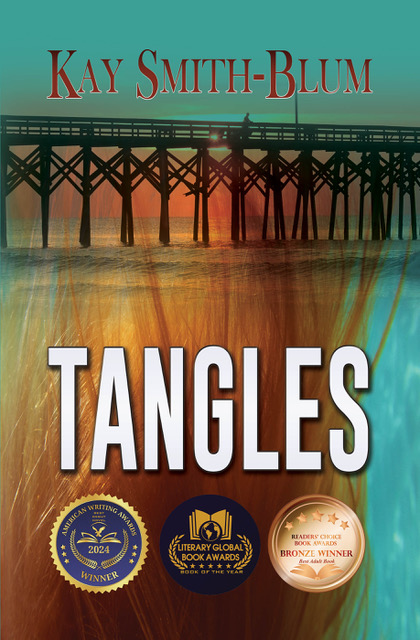
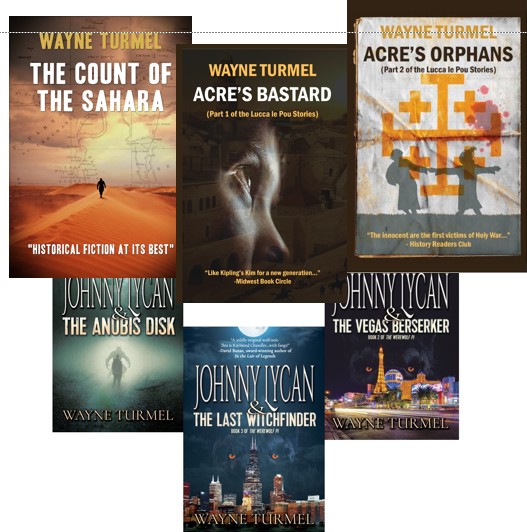

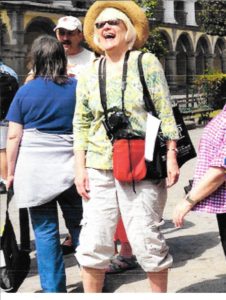 I am a long-time freelance journalist who specializes in clinical medicine, hospital finance and governance.
I am a long-time freelance journalist who specializes in clinical medicine, hospital finance and governance. ![The Pear Tree by [Sandrick, Karen M]](https://images-na.ssl-images-amazon.com/images/I/61nkTIV9eFL.jpg)


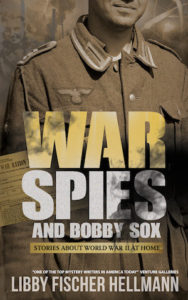 in recent history where there was such clarity between good and evil. It was a time where some people turned out to be heroes while others became cowards—or worse. So it presents a wonderful opportunity for complex character development. At the same time, though, I was intimidated at the prospect of writing about the war. So many rich, beautiful stories have already been written (NiGHTINGALE, ALL THE LIGHT WE CANNOT SEE, UNBROKEN, SARAH’S KEY, and more) I wondered what I could possibly add. A friend of mine, however, thought differently, and while she didn’t dare me, she did encourage me to write about the era. Eventually I took a deep breath and dived in. My caveat was to choose small pieces of the human “canvas,” since I couldn’t write about battles and military actions.
in recent history where there was such clarity between good and evil. It was a time where some people turned out to be heroes while others became cowards—or worse. So it presents a wonderful opportunity for complex character development. At the same time, though, I was intimidated at the prospect of writing about the war. So many rich, beautiful stories have already been written (NiGHTINGALE, ALL THE LIGHT WE CANNOT SEE, UNBROKEN, SARAH’S KEY, and more) I wondered what I could possibly add. A friend of mine, however, thought differently, and while she didn’t dare me, she did encourage me to write about the era. Eventually I took a deep breath and dived in. My caveat was to choose small pieces of the human “canvas,” since I couldn’t write about battles and military actions.



